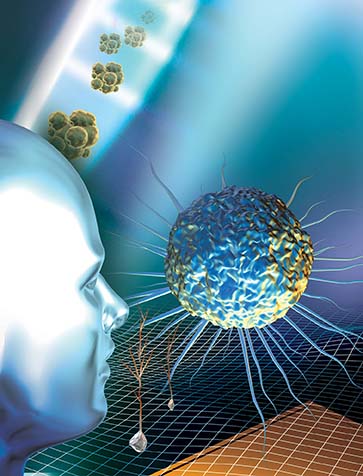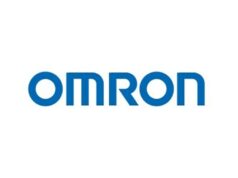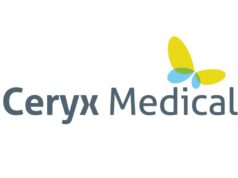 Positive 12-month data have been presented for the roll-in cohort of the pivotal CardiAMP Heart Failure Trial studying the investigational CardiAMP Cell Therapy System (BioCardia) in adult patients experiencing heart failure following a heart attack. The results were presented by Peter Johnston of Johns Hopkins Medical Center, Baltimore, USA at the American Heart Association Scientific Sessions (10–12 November, Chicago, USA).
Positive 12-month data have been presented for the roll-in cohort of the pivotal CardiAMP Heart Failure Trial studying the investigational CardiAMP Cell Therapy System (BioCardia) in adult patients experiencing heart failure following a heart attack. The results were presented by Peter Johnston of Johns Hopkins Medical Center, Baltimore, USA at the American Heart Association Scientific Sessions (10–12 November, Chicago, USA).
CardiAMP cell therapy uses a patient’s own (autologous) bone marrow cells delivered to the heart in a minimally-invasive, catheter-based procedure to potentially stimulate the body’s natural healing response. The CardiAMP Heart Failure Trial is the first multicentre clinical trial of a stem cell therapy to prospectively screen for stem cell therapeutic potency in order to improve patient outcomes.
At the primary endpoint of exercise capacity at 12 months, the 10-patient roll-in cohort of the trial showed clinically meaningful improvement, walking an average of 46.4 metres more than baseline (N=10), although the improvement was not considered statistically significant (p=0.063). Eight of the 10 patients experienced improvement in their exercise capacity. This improvement is more than triple the average improvement over baseline reported in the CardiAMP-treated arm of the Phase II TAC-HFT-MNC trial, and greater than the average improvement seen in a number of pivotal trials for implantable cardiac resynchronisation therapy (CRT) to treat heart failure.
In the secondary efficacy endpoint of quality of life, patients showed a clinically meaningful improvement of 9.8 points relative to baseline, which was not statistically significant (p=0.331) in the small cohort. Seven of the 10 patients reported better quality of life after CardiAMP treatment. This was a greater improvement over baseline than was seen in the Phase II TAC-HFT-MNC trial of CardiAMP therapy.
The secondary efficacy endpoints of superiority relative to major adverse cardiac events (MACE) and survival were not possible to assess in this roll-in cohort as there is no control arm specific to this cohort. However, it has been previously reported that there were no treatment emergent major adverse cardiac events in this group at 30 days, while there was one MACE event due to a hospitalisation at nine months. All MACE has not been adjudicated at this time. In addition, all patients from this cohort were alive and out of hospital at 12 months.
Echocardiographic core lab measures of cardiac function in the roll-in cohort at 12 months showed statistically significant improvement in total wall motion score (5.9 points, p=0.014). Improvement was also seen in left ventricular ejection fraction of 4.1% (N=10, p=0.181) and left ventricular end systolic volume (2.5ml, p=0.502), which were not statistically significant in this small cohort.
“While the roll-in cohort captured in this data is a small portion of what will be the full enrolment, these 12-month results for the trial’s primary and pre-specified secondary endpoints are promising,” said Amish Raval of the University of Wisconsin at Madison, co-principal investigator of the trial. “Showing trends towards improvement in the major measures important to patients—exercise capacity, quality of life through symptom relief, and heart function—is a significant achievement for a cell therapy for the heart.”
The CardiAMP Heart Failure Trial is currently enrolling patients at leading cardiovascular centres across the USA. Study patients must be diagnosed with New York Heart Association (NYHA) Class II or III heart failure as a result of a previous heart attack.
The ongoing multicentre, double-blinded, randomized (3:2), sham-controlled pivotal CardiAMP Heart Failure Trial is expected to enrol 260 patients at up to 40 centres nationwide. The trial’s primary efficacy endpoint is Six Minute Walk distance at 12 months’ post-treatment, a measure of a patient’s exercise capacity, and incorporates the impact of MACE and other clinically meaningful events. Secondary efficacy endpoints include quality of life as measured by the Minnesota Heart Failure Quality of Life self-assessment, and superiority relative to MACE and survival. The national co-principal investigators are Raval and Carl Pepine of the University of Florida, Gainesville, USA.









